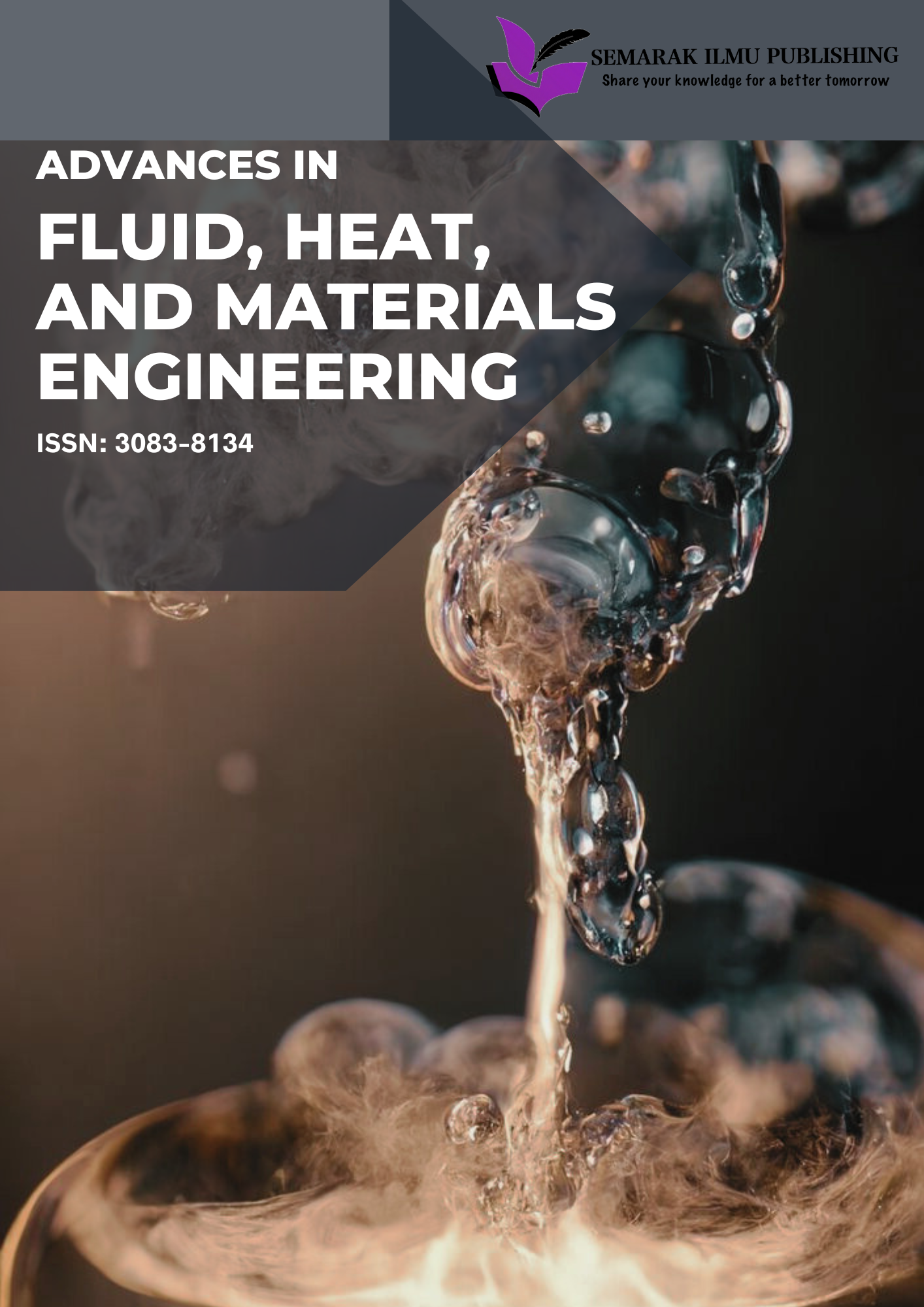CFD Analysis of Coronavirus Dispersion through Breathing in Aircraft Cabin Environments
Keywords:
Coronavirus, COVID-19, Breathing, Simulation, Computational fluid dynamic, Air cabin, Flow characteristics, Velocity, PressureAbstract
In 2019, the coronavirus rapidly spread worldwide and was declared a pandemic by the World Health Organization (WHO). As the world is currently in the post-COVID stage, many sectors, including air travel, are being reopened. To understand the flow characteristics in aircraft cabins due to the breathing of a coronavirus patient, a simulation was conducted using Computational Fluid Dynamics (CFD). In this study, a simplified 7-row commercial aircraft cabin was modelled. In addition, a human manikin was designed to simulate the breathing of a coronavirus patient in the cabin. The simulation was conducted using ANSYS Fluent with an inlet velocity of 1 m/s for the cabin air, an outlet pressure of 84,475.3 Pa, and a human breathing velocity of 1.3 m/s. The results showed that the breathing of a coronavirus patient could affect passengers seated up to three rows in front of the patient on both sides of the cabin. Further research is needed to consider other factors that can influence the flow characteristics of a coronavirus patient's breath, such as temperature, humidity, and other velocity ranges.









